Light up your van life: The best campervan lighting options
Lighting in a campervan is more than just a necessity – it’s an essential element that can transform your mobile home into a cozy and functional space. Whether you’re cooking dinner, reading a book, or simply relaxing after a day of exploring, the right lighting can set the perfect mood and ensure your van is both practical and inviting.
Natural light sources, such as windows and skylights, are fantastic for brightening your space during the day and creating an open, airy feel.
However, when the sun sets, artificial lighting becomes just as important in maintaining that warmth and functionality. In this article, we’ll delve into why lighting is crucial for campervan living and explore how to maximise lighting through thoughtful design.
Natural light sources
Natural lighting makes a campervan feel open, bright, and comfortable. Incorporating windows and skylights into your design harnesses sunlight, creating a welcoming living space on the road.
Campervan windows
Campervan windows are the simplest way to introduce natural light into your campervan. Large side, sliding, and rear windows flood the interior with daylight, making the space feel larger and more connected to the outdoors. Thoughtfully placing windows in key areas like the kitchen or seating spaces ensures plenty of natural light throughout the day. This reduces reliance on artificial lighting and creates a pleasant atmosphere inside the van. Additionally, windows offer ventilation, allowing fresh air to circulate while bringing in natural light.
However, be conservative with the number of windows you install. While it’s tempting to maximise light, glass windows significantly impact internal temperature in both hot and cold climates.
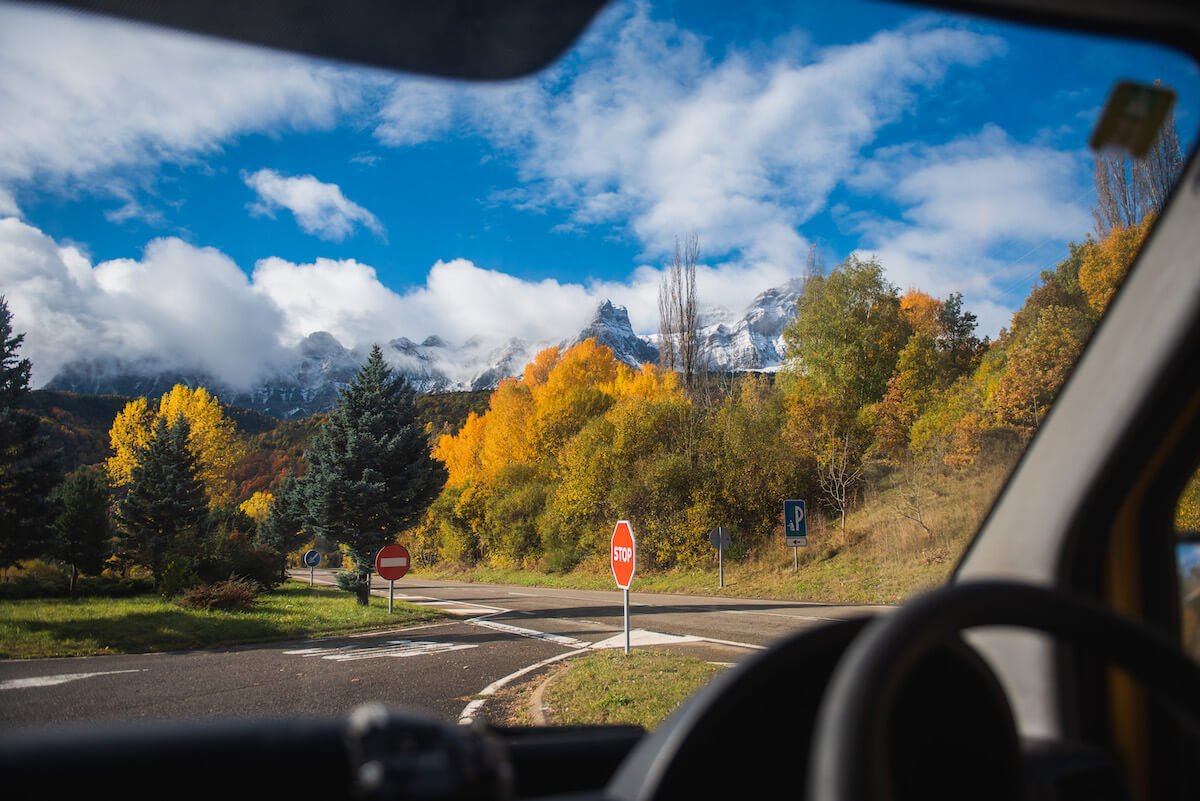
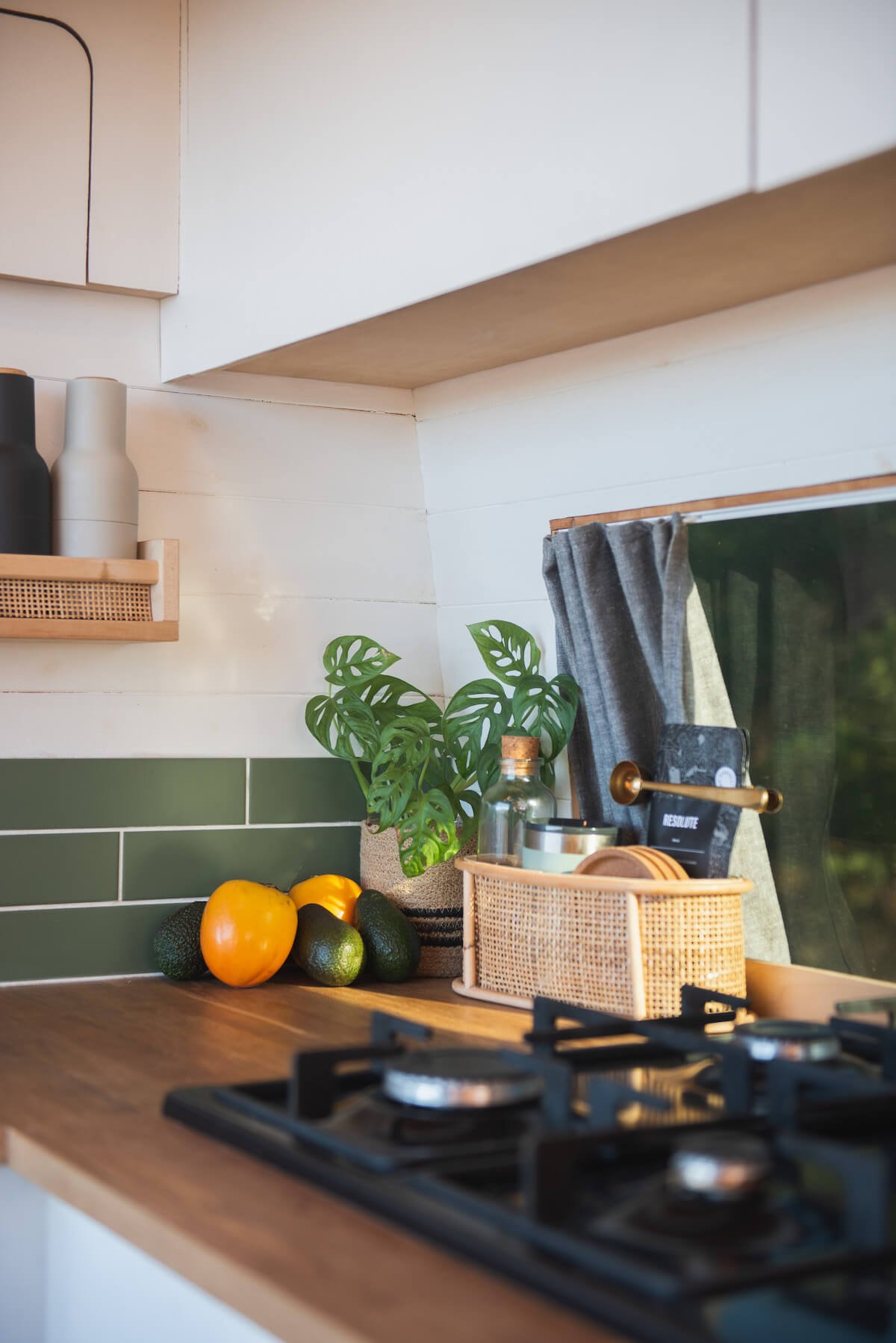
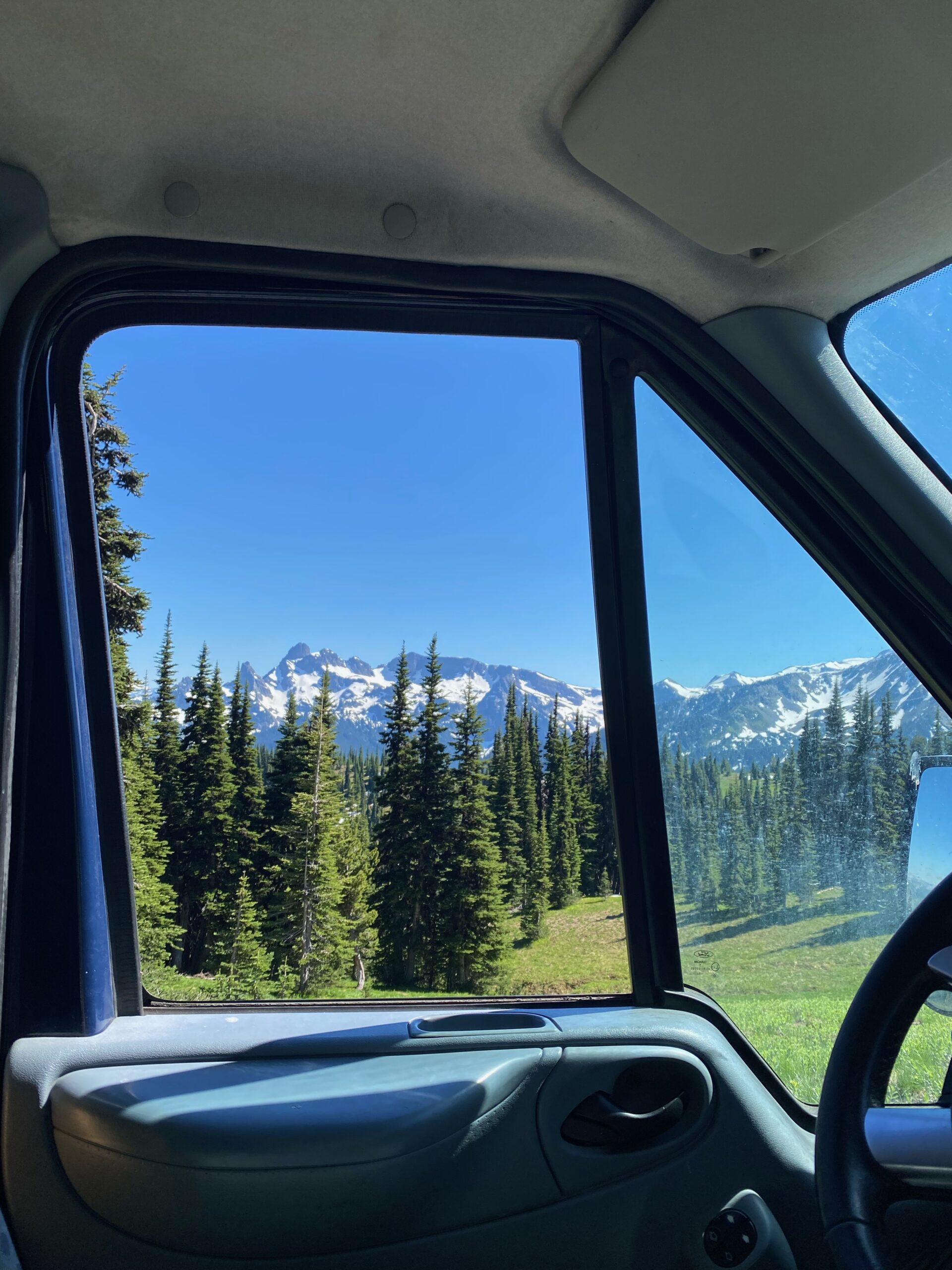
Campervan skylights
Campervan skylights are another excellent option for increasing natural light, especially if you prefer a stealthier aesthetic where traditional windows might not be practical. Positioned on the roof, skylights bring in sunlight from above, effectively lighting the interior and enhancing the sense of space. They brighten areas that might otherwise be darker, such as the middle or rear of the van. In addition to daylight, many skylights can be opened for ventilation or have built-in fans, helping manage interior temperatures by allowing warm air to escape. At night, a clear skylight offers the bonus of stargazing from the comfort of your bed.
Using natural light through windows and skylights not only connects you to the outside but also positively impacts your mood and well-being. Exposure to natural light improves sleep patterns, boosts mood, and enhances overall well-being.
12V vs 230V for campervan lighting
When choosing lighting for your campervan, you need to decide between DC (12V or 24V) and AC (230V, or 120V if you’re in the US) LEDs. If your campervan’s electrical system includes an inverter, either option could work. However, 12V LEDs are generally the best choice.
Firstly, inverters operate at an efficiency of around 85-90%, meaning 10-15% of electrical energy is lost when converting 12V DC to 230V AC. Since LEDs require low voltage DC to function, any 230V LED light will have a driver that converts 230V power back down to 12V DC, introducing another 10-15% inefficiency. This results in AC LEDs using up to 25% more energy than similar 12V LEDs.
Furthermore, when an inverter is on standby (meaning it’s on and ready but no load is applied), it consumes a small but noticeable amount of power. This consumption ranges from 6W per hour for a 500VA MultiPlus to 18W per hour for a 5kVA inverter. This is equivalent to constantly running 2 to 6 extra LEDs.
To avoid this power loss, many inverters, including all Victron inverters, feature a function known as search mode. In this mode, the inverter remains off until a load is detected, reducing power loss by up to 70%. However, the load drawn by 230V LEDs is often too small to be detected automatically by the search mode, meaning the lights would not function with it enabled. Therefore, this power-saving function cannot be used with 230V LEDs.
Different types of campervan lights
In Charlie & Dale’s campervan Ringo, they wired fairy lights to a switch, creating a permanent ambient light source. They also installed 10x 3W spotlights, with six in the kitchen and four in the bedroom. They opted for a 230 lumen, white finish, warm white light.
When designing your campervan, choosing the right lighting is key to creating a comfortable and functional space. Here are the main types of campervan lights to consider:
Interior lights for campervans & RVs
Interior lights for campervans and RVs are essential for creating a cozy, functional living space on the road. These lights provide the necessary light for cooking, reading, and working while also enhancing the overall ambiance of your van. From energy-efficient LEDs and stylish strip lights to focused spot lights and adjustable reading lights. Interior lighting options can be tailored to meet your specific needs, ensuring a well-lit and comfortable environment wherever your travels take you.
Strip lights
Strip lights, also known as LED tape lights or ribbon lights, are an increasingly popular choice for campervan lighting due to their versatility and modern aesthetic. These long, flexible circuit boards populated with small LED lights often come with an adhesive backing, making them easy to install almost anywhere in your campervan. Whether you’re illuminating countertops, lining cabinets, or adding a stylish glow along the ceiling or floor, strip lights offer a range of benefits that enhance both the functionality and ambiance of your campervan.
Key features:
- Strip lights can be cut to fit specific lengths, making them suitable for a variety of applications, from illuminating countertops to lining the interior of cabinets.
- Like other LED products, strip lights are highly energy-efficient, drawing minimal power and preserving your campervan’s battery life.
Spotlights
Spotlights, also known as downlights, are an excellent choice for campervans, offering focused and powerful lighting that can be directed precisely where it’s needed. These fixtures emit a narrow, concentrated beam of light, making them ideal for task lighting, such as preparing a meal or working from your van, as well as for accenting specific areas or features. Spotlights provide both functionality and style, ensuring that your campervan is well-lit for any activity.
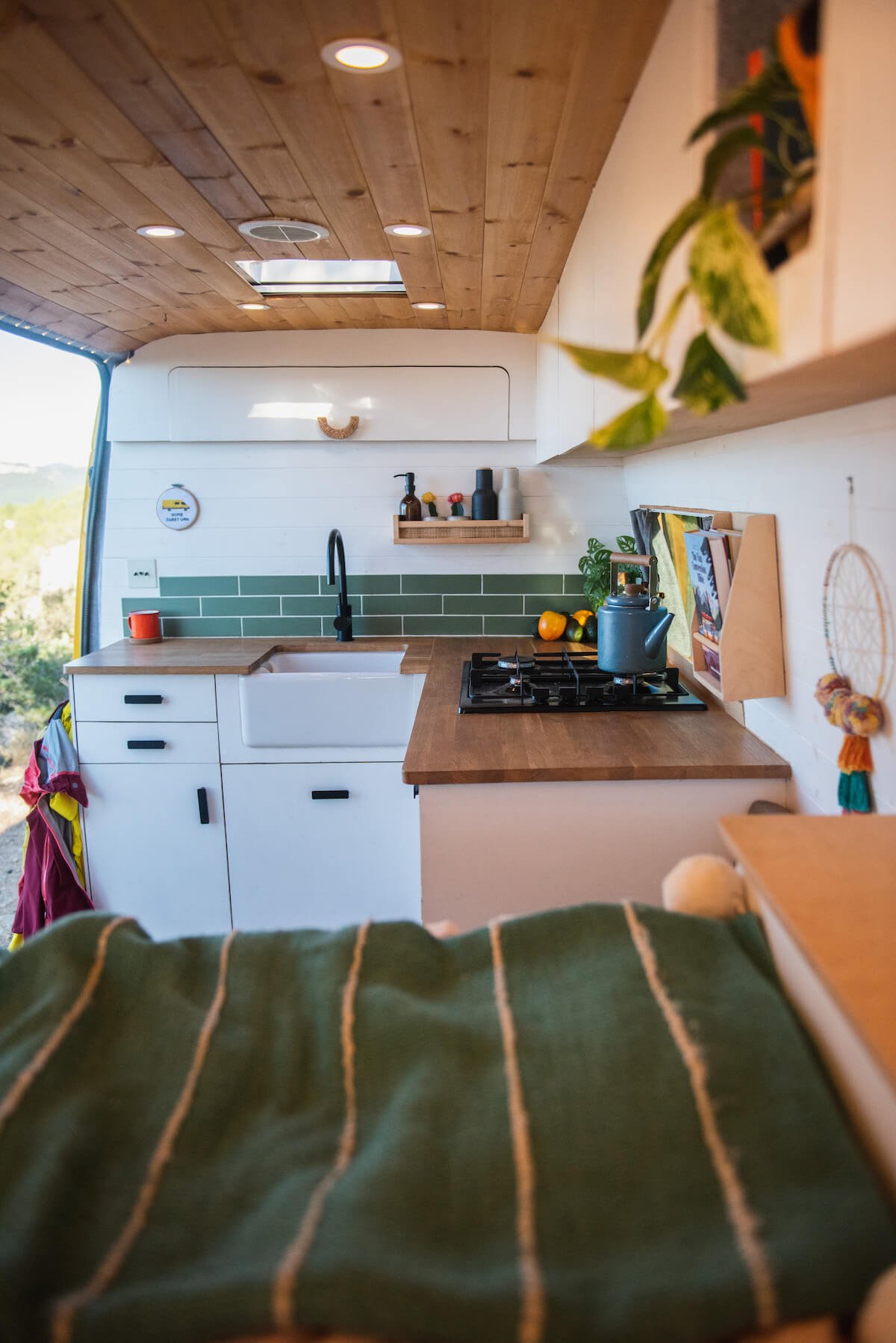
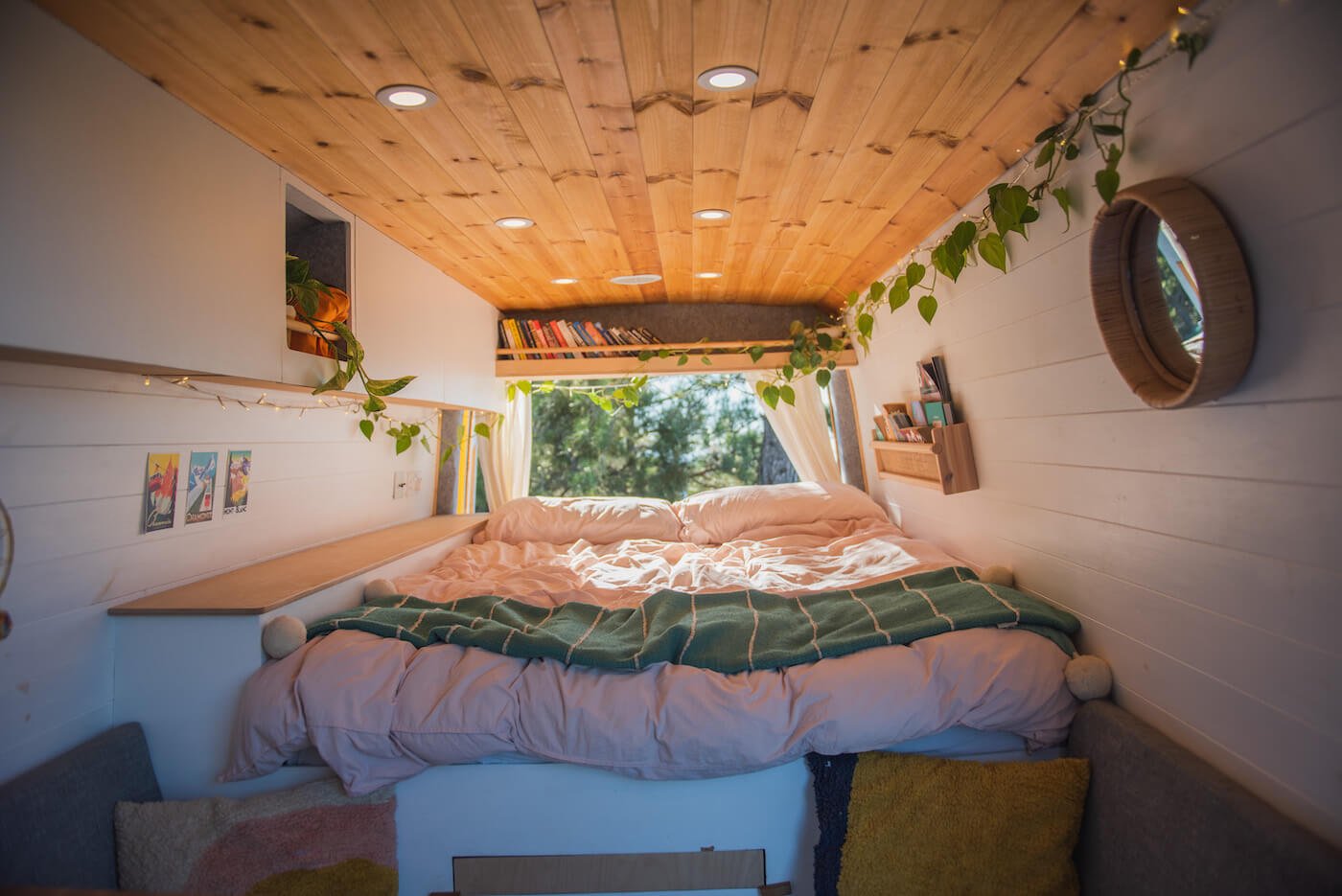
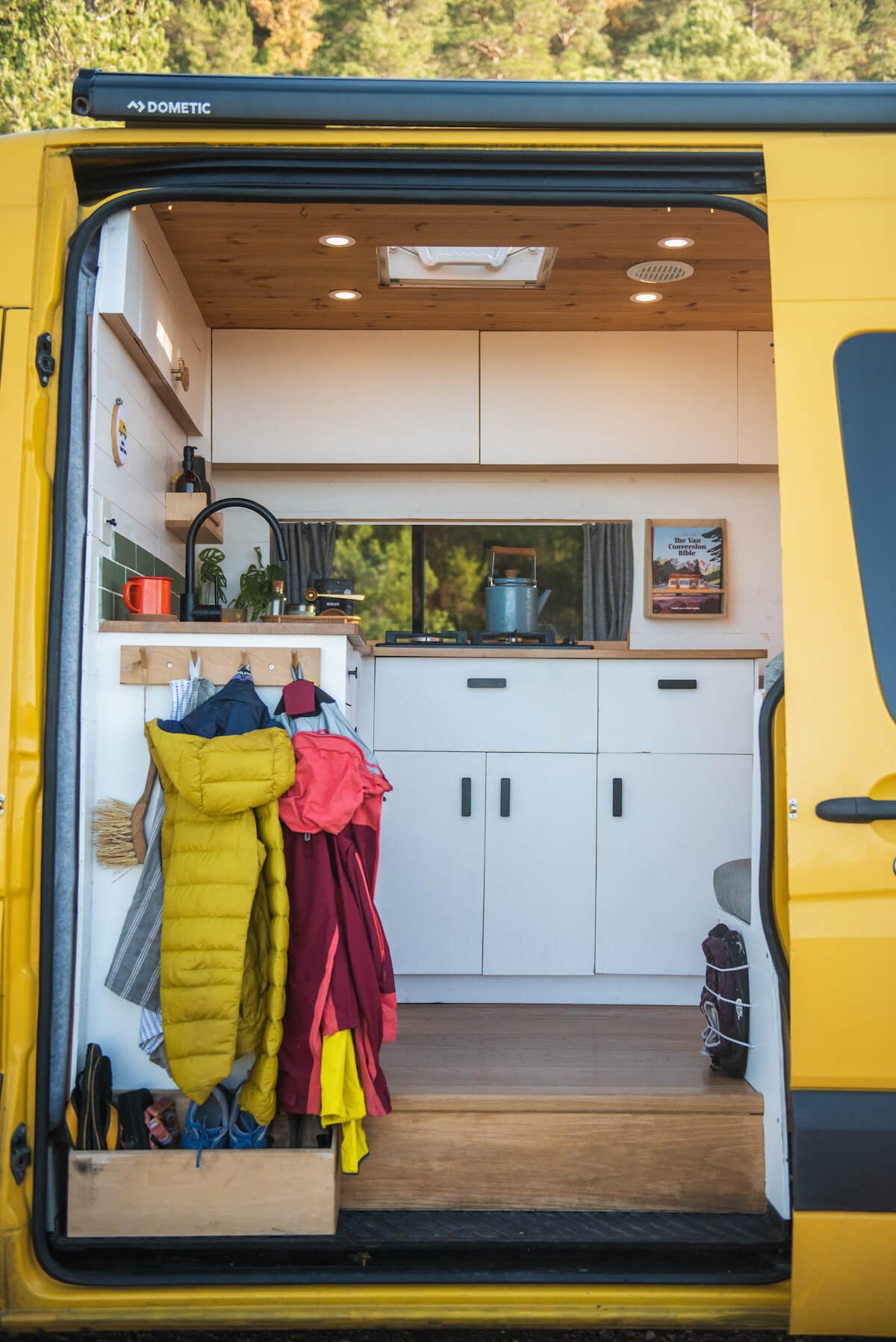
Key features:
- Available in various designs, from recessed to surface-mounted options, spot lights can be integrated seamlessly into any campervan interior.
- Spotlights allow you to direct light exactly where you need it, making them perfect for areas where you need to carry out certain tasks such as cooking, reading or working.
Reading lights
Reading lights are a great addition to any campervan, providing focused lighting for activities like reading and writing, particularly in the bed area where they offer low-level illumination for evening relaxation. These small, targeted fixtures ensure you have adequate lighting without disturbing the rest of the van’s occupants, making them ideal for both functionality and comfort. They often feature adjustable swivel heads or flexible arms, allowing you to direct the light precisely where it’s needed for close-up tasks.
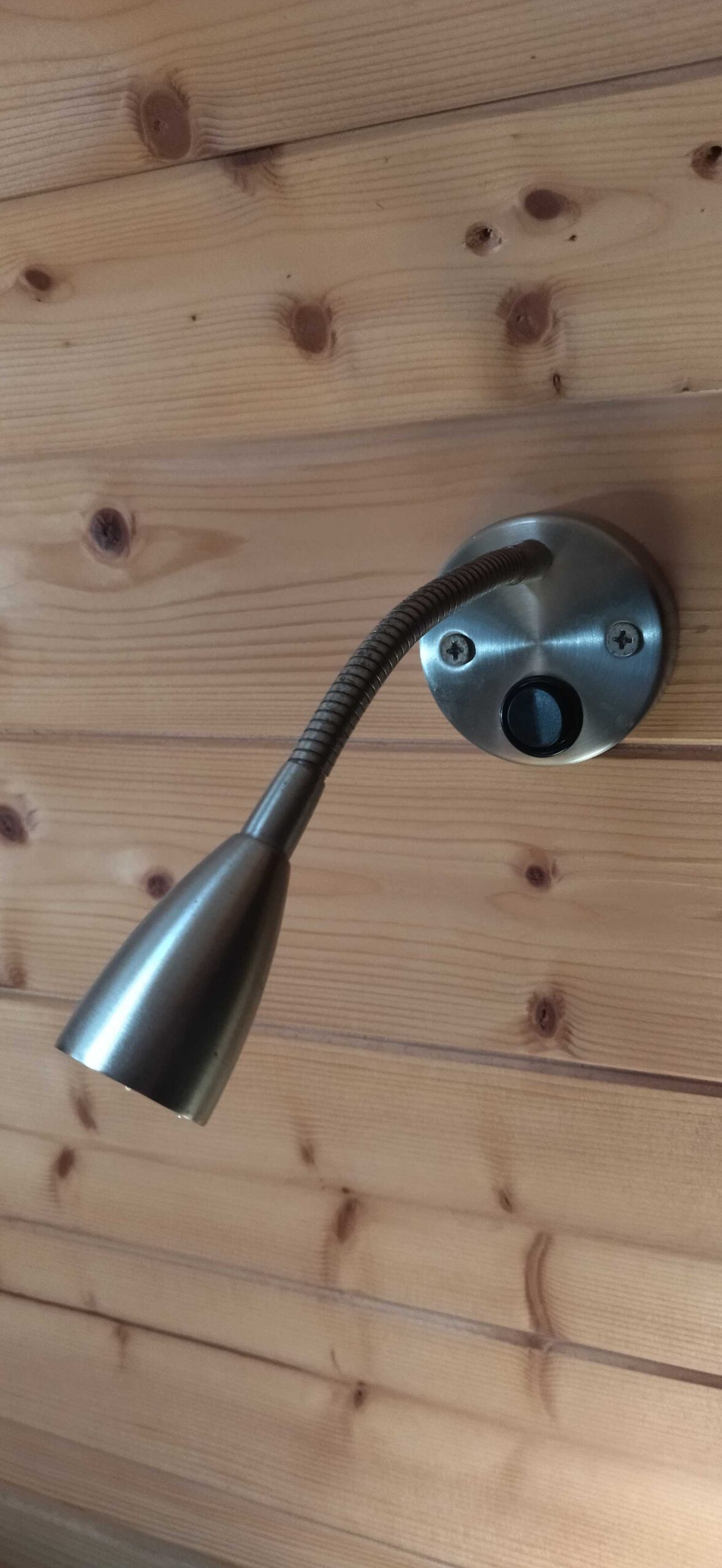
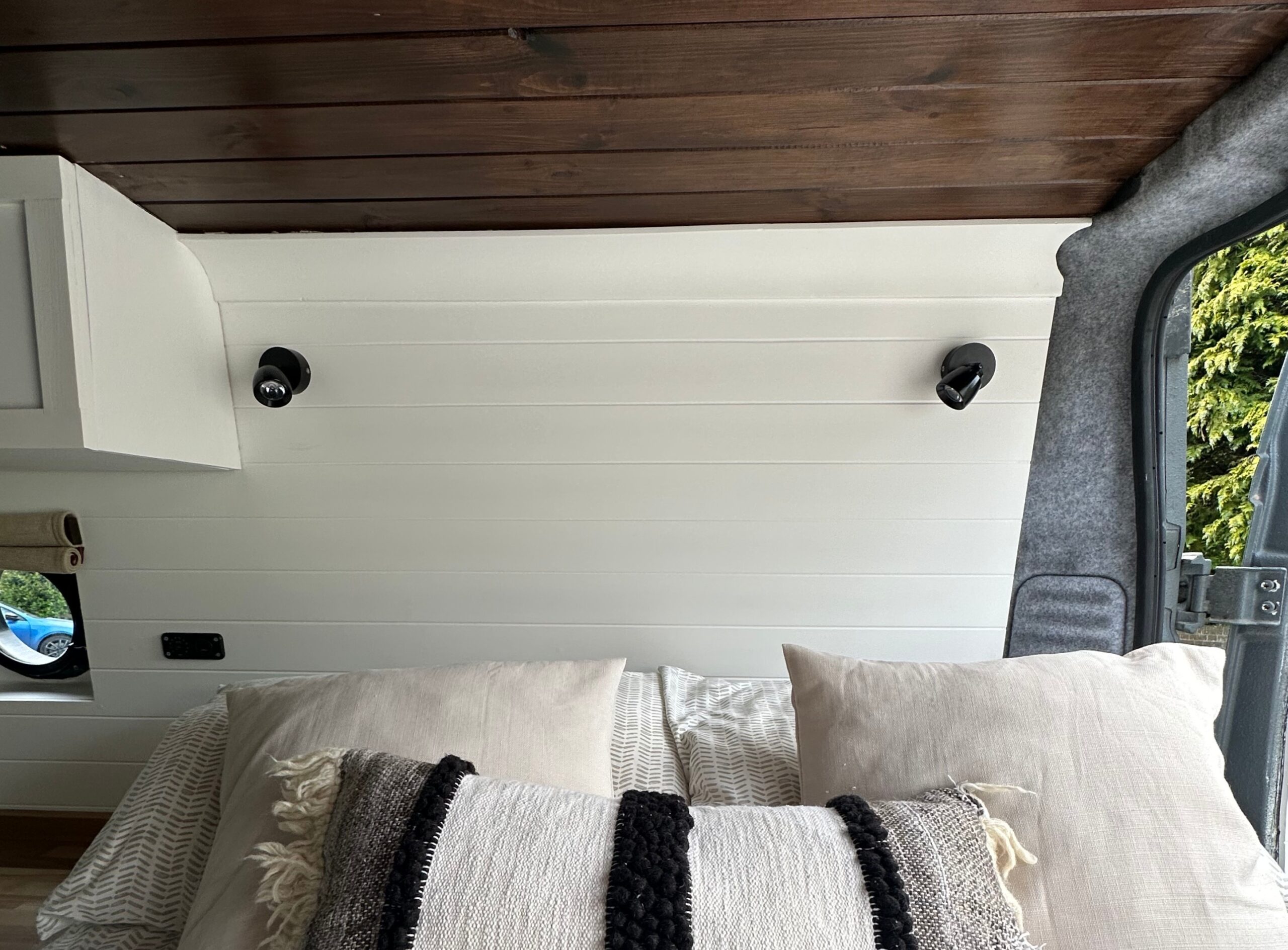
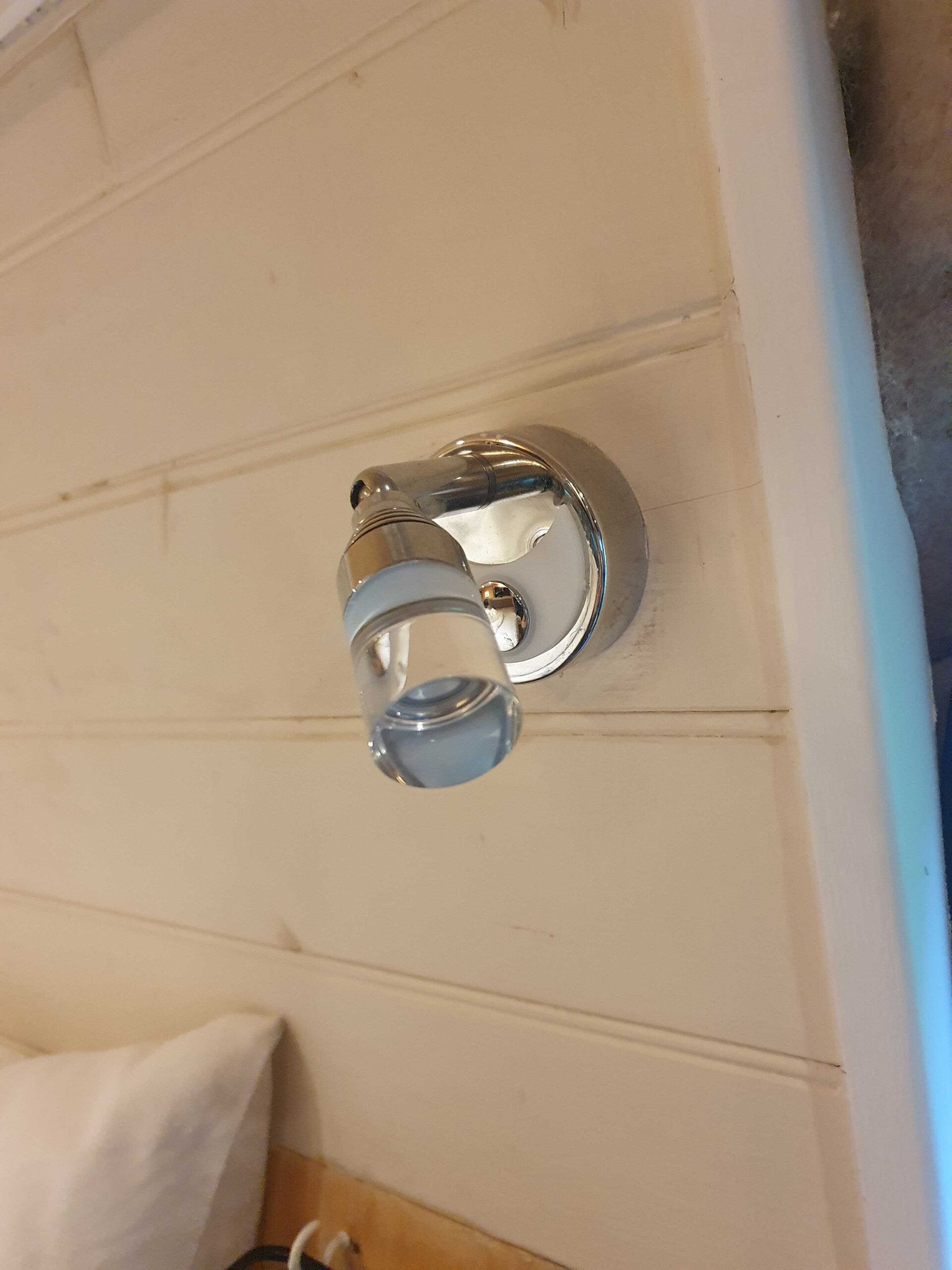
Key features:
- Reading lights offer direct, focused light, making it easier to read books, maps, or manuals without straining your eyes.
- Many reading lights are adjustable, allowing you to direct the light exactly where you need it.
Fairy lights
Fairy lights are an ideal option for adding ambient lighting to your campervan, creating a warm, cozy atmosphere that makes your space feel inviting and homely wherever your travels take you. These delicate strings of small, twinkling lights, inspired by the appearance of fireflies, typically consist of tiny LED or incandescent bulbs encased in clear or coloured glass, plastic, or even exposed for a minimalist look. Incorporating fairy lights along with other lighting options can help you create a well-lit, inviting campervan environment.
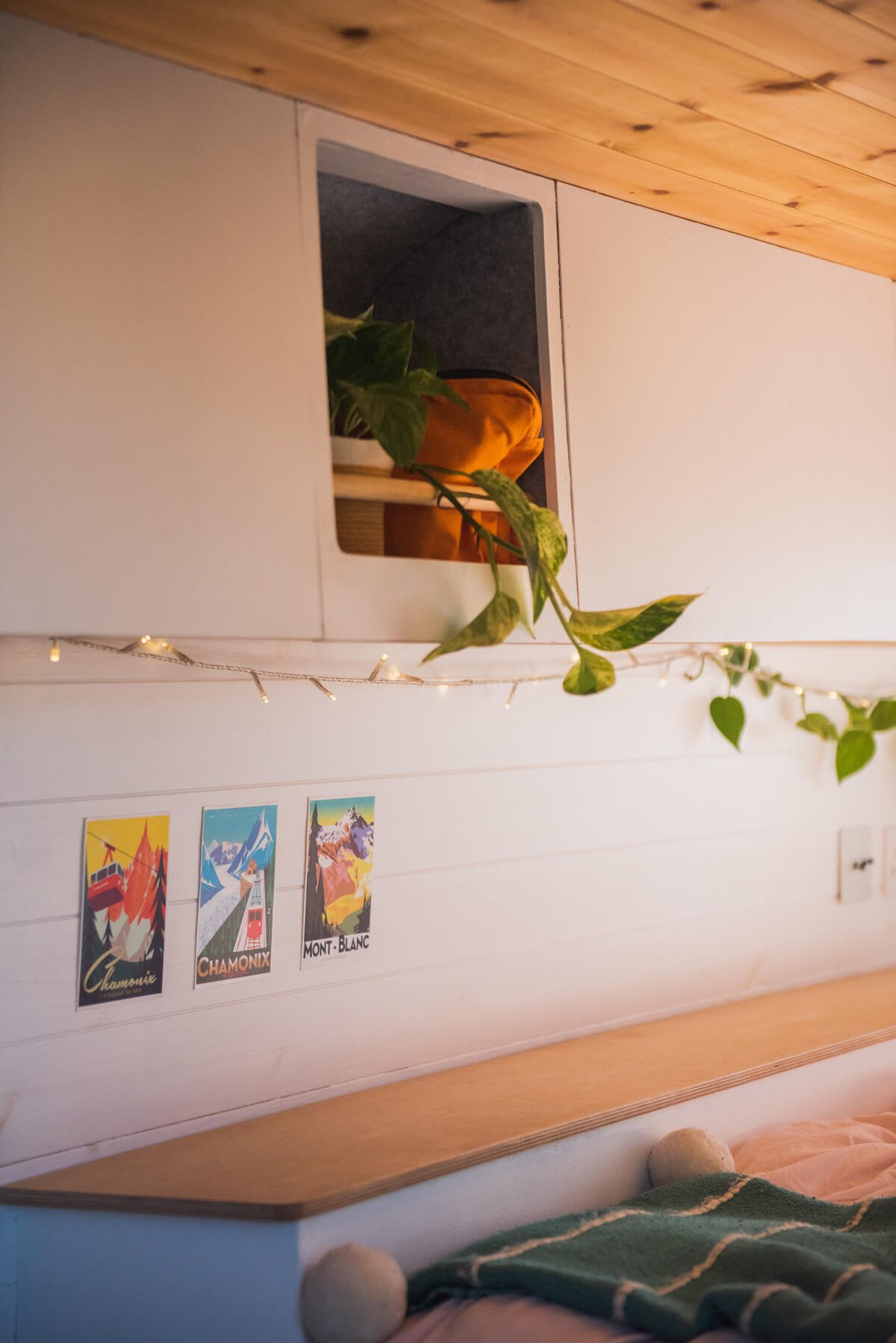
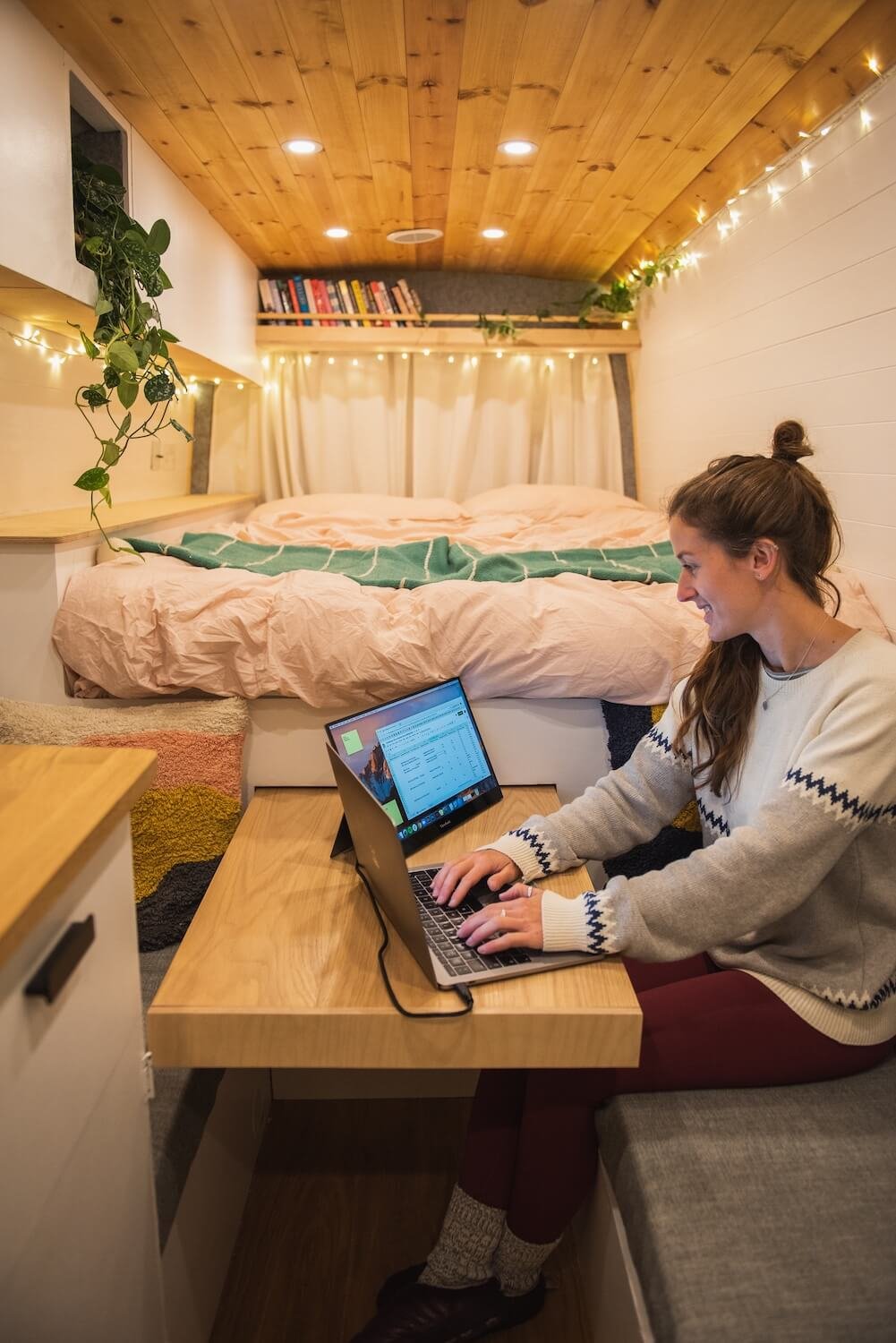
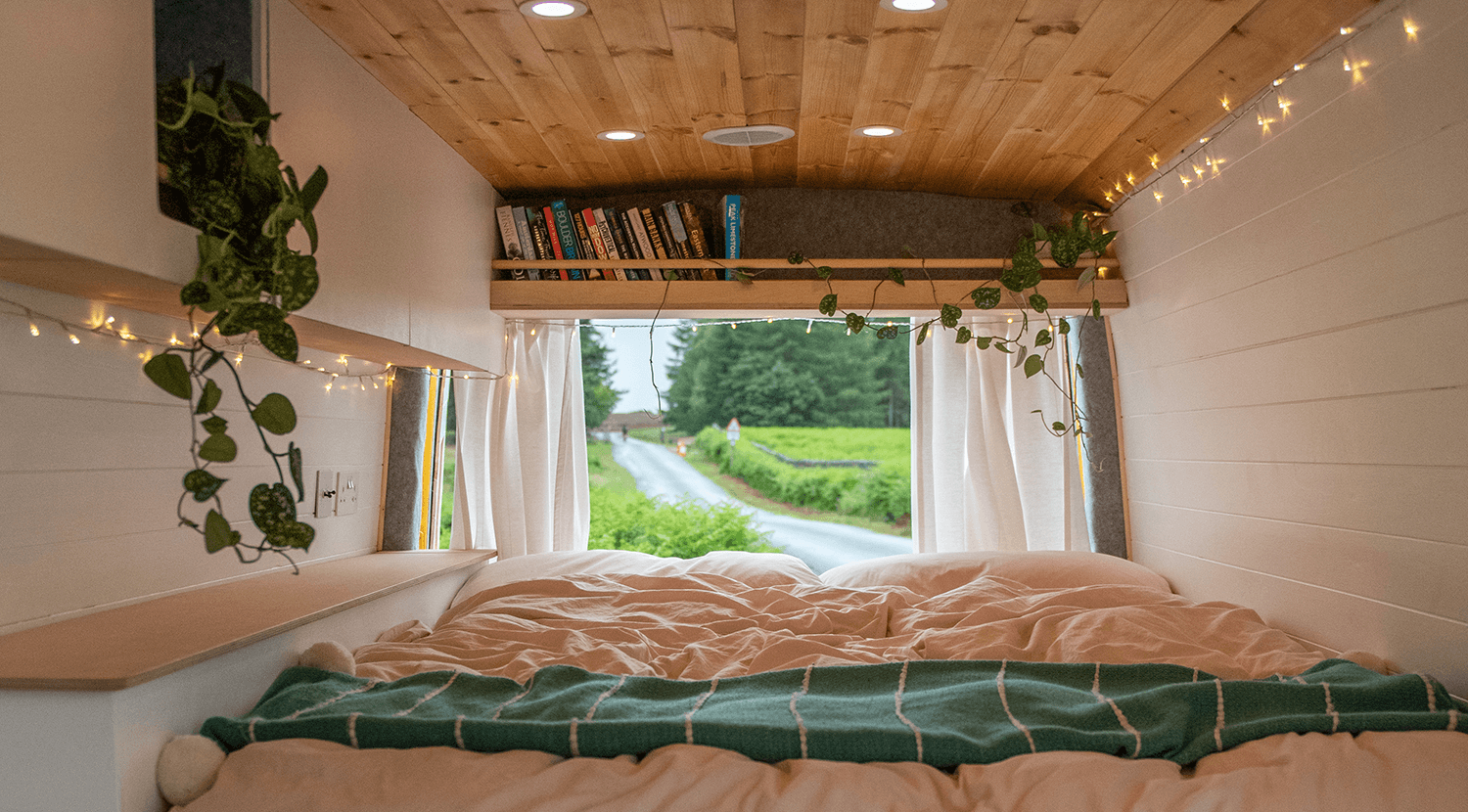
Key features:
- LED fairy lights consume very little power, so you can enjoy their soft glow for extended periods without worrying about draining your battery.
- Fairy lights are not just for indoor use – they can also be used to enhance the exterior of your campervan. String them up under an awning or around the entrance to create a welcoming outdoor space, perfect for evenings spent under the stars.
Exterior lights for campervans & RVs
Exterior lighting can often be forgotten about when it comes to your campervan or RV setup, but it’s a key consideration. Installing exterior lighting can enhance both safety and functionality when you’re on the road or setting up camp. Properly installed exterior lights, such as light bars and awning lights, ensure that your outdoor space is well-lit, making it easier to navigate your surroundings after dark and extending your living area into the outdoors.
Light bars are a powerful option for lighting the area around your van. Typically mounted on the front or roof of your vehicle and particularly popular with overlanders, light bars provide a broad and bright beam of light. Perfect for driving in low-light conditions, such as on unlit roads, through forests, or during foggy weather. Light bars can also be used when parked to floodlight a large area around your vehicle, making it safer and more secure when you’re camping in remote locations. The durability and brightness of LED light bars make them an ideal choice for adventurous travelers who often find themselves off the beaten path.
Awning lights, on the other hand, are designed to create a more ambient and inviting outdoor space. Installed under your campervan’s awning, these lights provide soft lighting that is perfect for evening activities such as dining, socialising, or simply relaxing outside. Awning lights are typically less intense than light bars, offering just the right amount of light to extend your living space outdoors without being overly harsh or bright. This type of lighting creates a cozy atmosphere, making your outdoor area feel like an extension of your campervan’s interior.
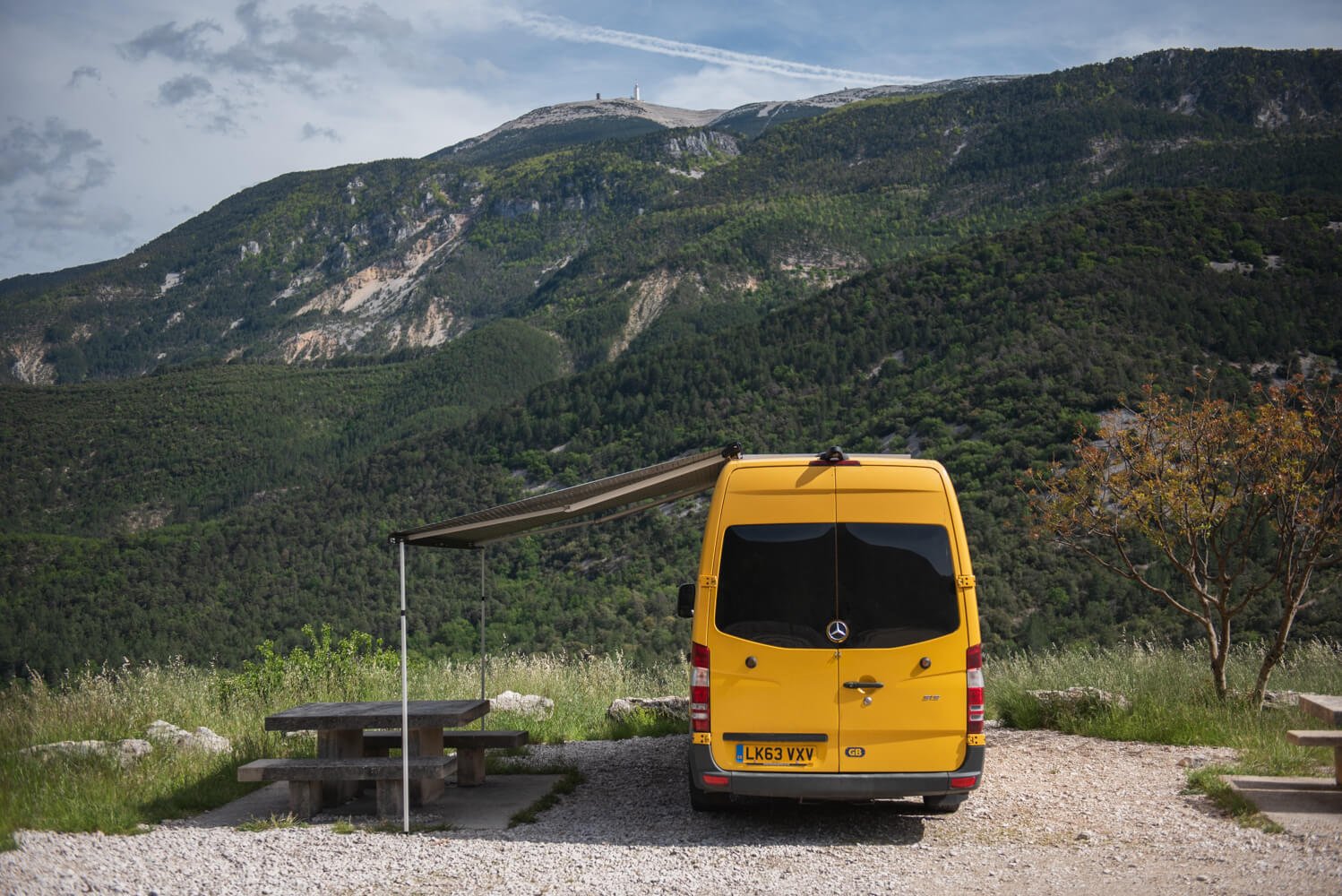
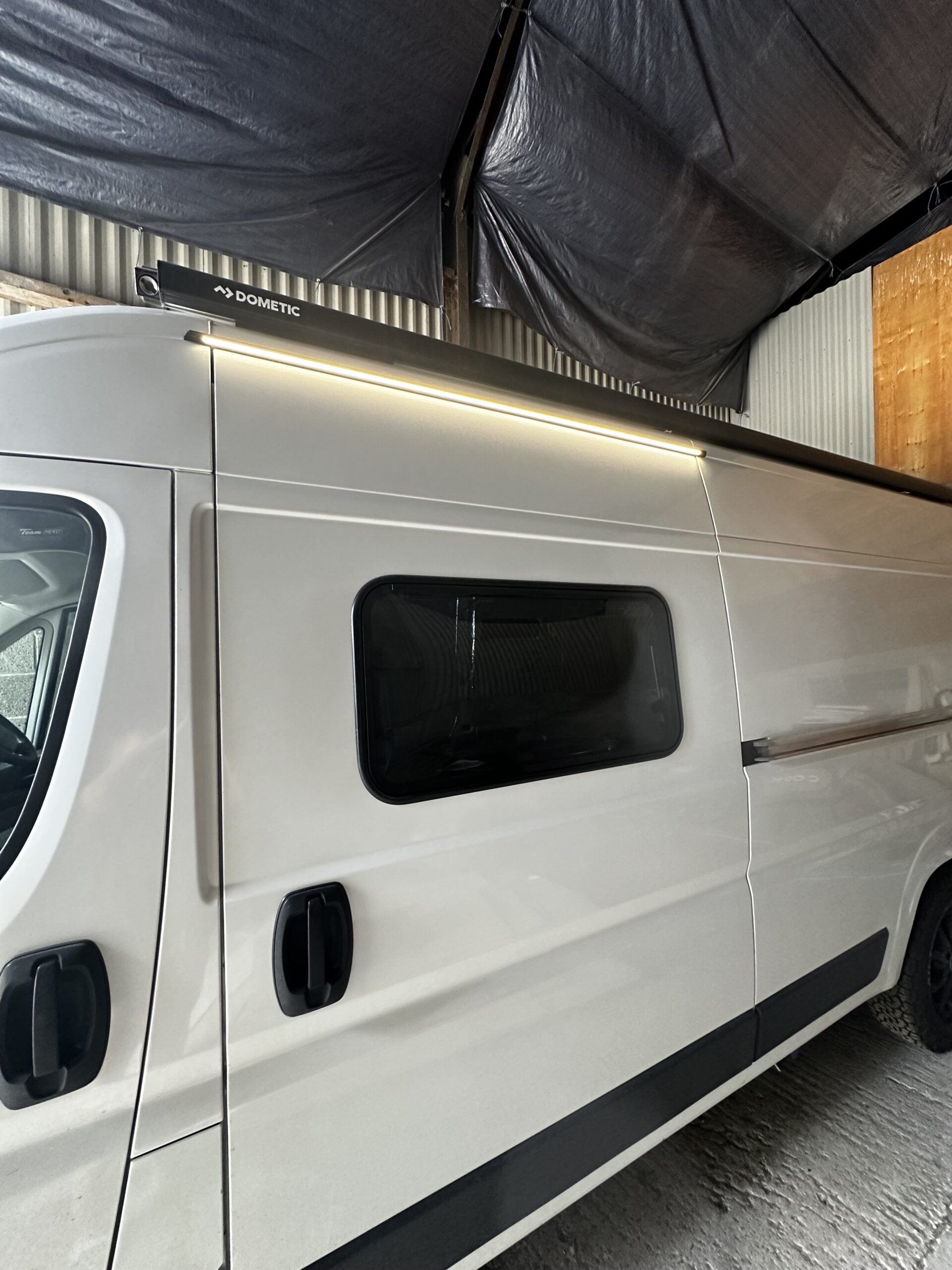
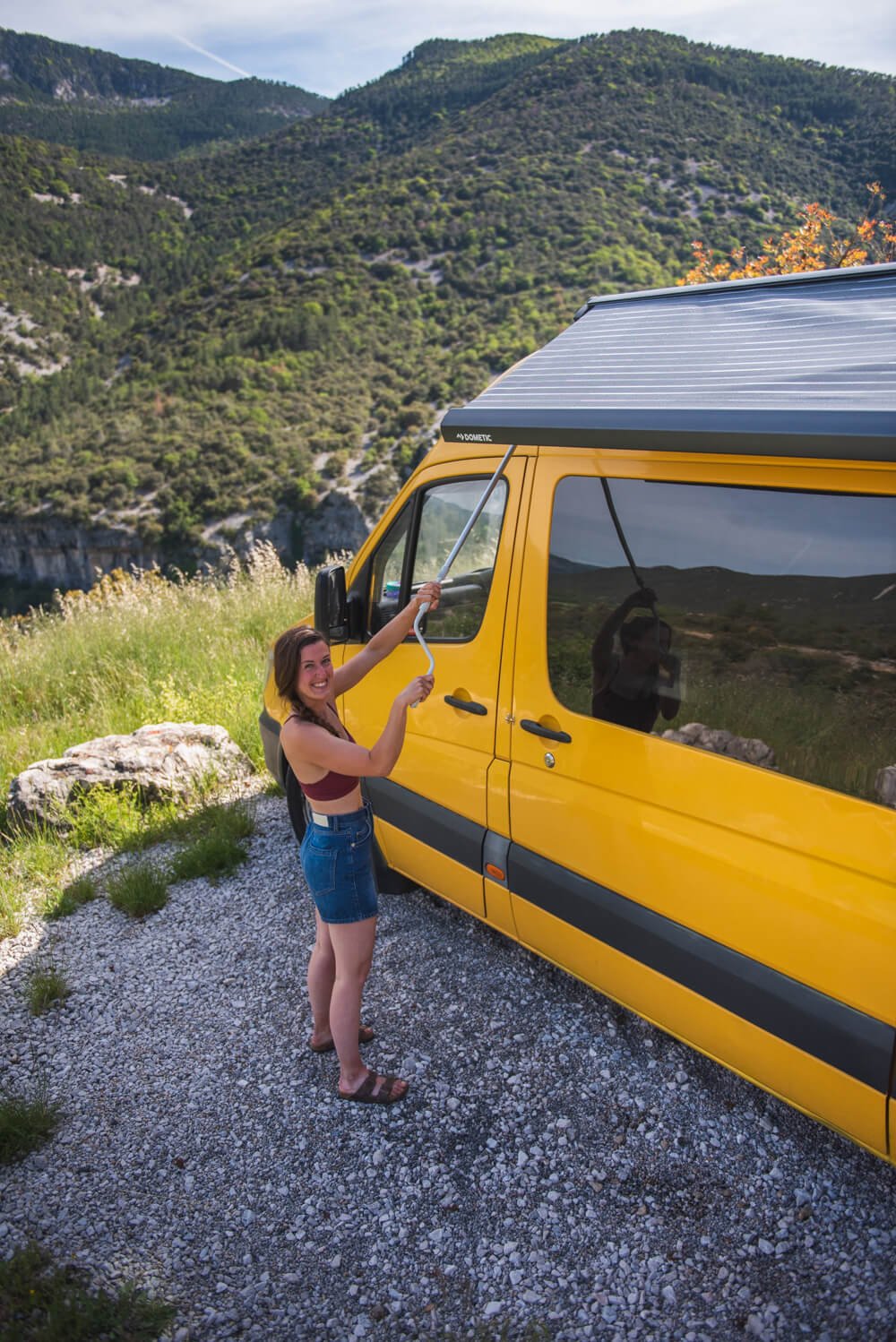
Dimmable vs non-dimmable lights
When choosing lighting for your campervan, it is important to consider the functionality that you require. The decision between dimmable and non-dimmable lights can greatly influence the functionality and atmosphere of your space.
Dimmable lights offer the flexibility to adjust brightness levels whilst also conserving energy, as lowering the brightness reduces power consumption – a crucial factor when living off-grid. However, it’s important to note that if you opt for dimmable lights, you’ll need to ensure that both your lights and dimmer switches are compatible. Using non-dimmable lights with a dimmer switch can lead to issues like flickering, buzzing, or even potential damage to the bulb.
Almost all of our LED lights are dimmable. However, it is important that when wired, both the positive and negative lines are brought back to the dimming switch for it to function correctly. We sell a touch-sensitive dimmer switch in our webshop.
Please note: that when pairing with the optional dimmer switch you can control the lights at either the master light or the dimmer switch, but not both at the same time. For example, when turning the lights off at the dimmer switch, you cannot turn them back on at the master switch. The dimmer switch is designed to be used as an alternative to the switch on the master LED.
On the other hand, non-dimmable lights are straightforward and often come at a lower cost, providing a consistent level of brightness. While they lack the versatility of dimmable options, their simplicity might appeal to those who prefer a more basic setup.
How to install campervan lights
Wiring lighting circuits
Your lights will likely be one of your 12V appliances and will need to be connected to your fuse box via a light switch. To do this, wire all the lights together in parallel, ensuring that the negative wire is connected directly to the 12V fuse box. The positive wire should be connected to the fuse box through a light switch, using the COM and L1 terminals. Make sure to make these connections when the wires are not yet connected to the fuse box. When running the cable to the switches, pass it through the correctly sized pattress box, which will be properly installed once you have clad your van.
How to wire a 2 way light switch
A 2 way light switch controls a light from 2 different sources. We were keen to wire our 4 bedroom spotlights and fairy lights into a 2 way system so that we could control them both from the 3 gang light switch by the van door (which also has a 1 way switch to control the main 6 spotlights), and from the 2 gang light switch by our bed. We knew this was making things complicated for ourselves…but we’ve never been good at making things easy!
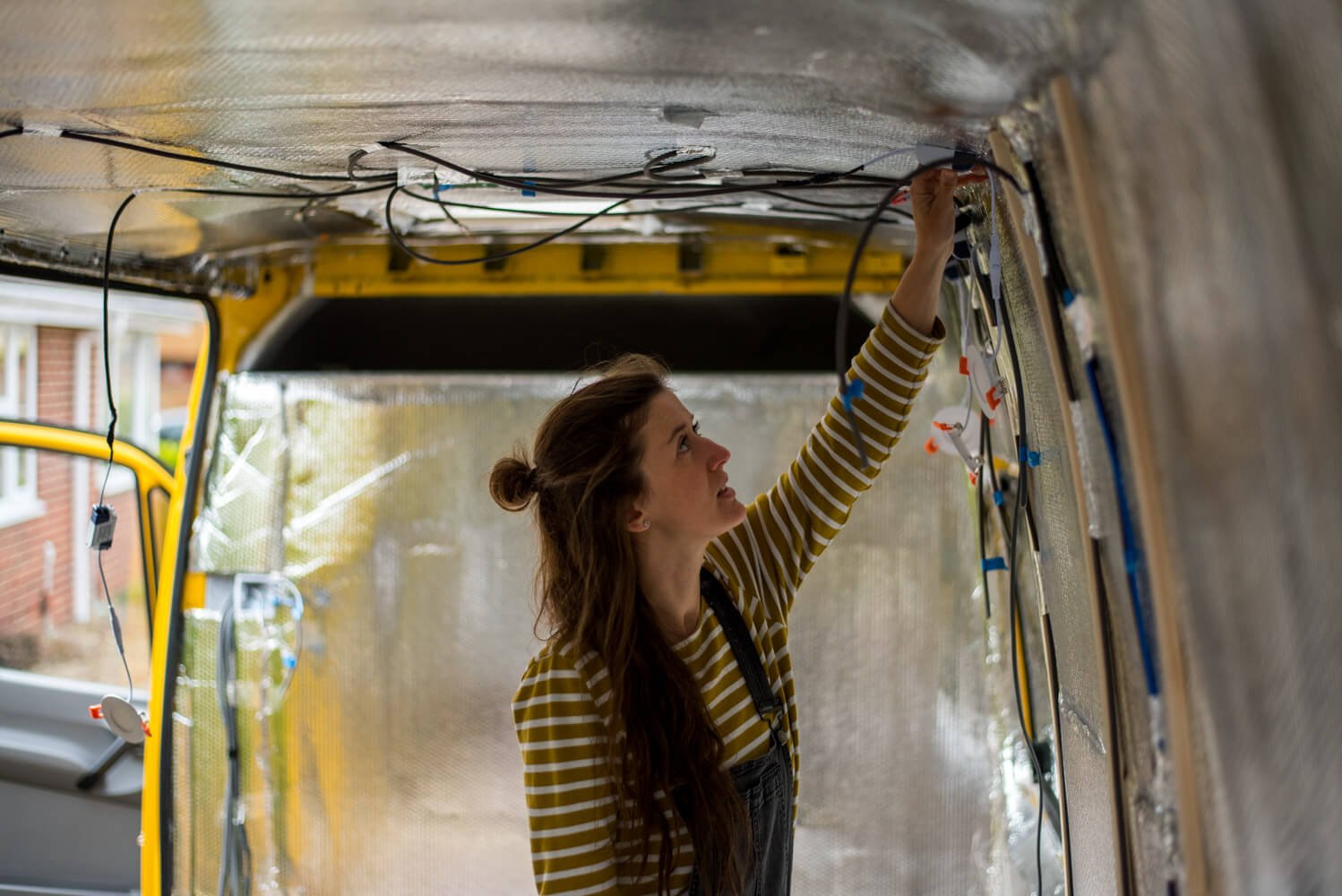
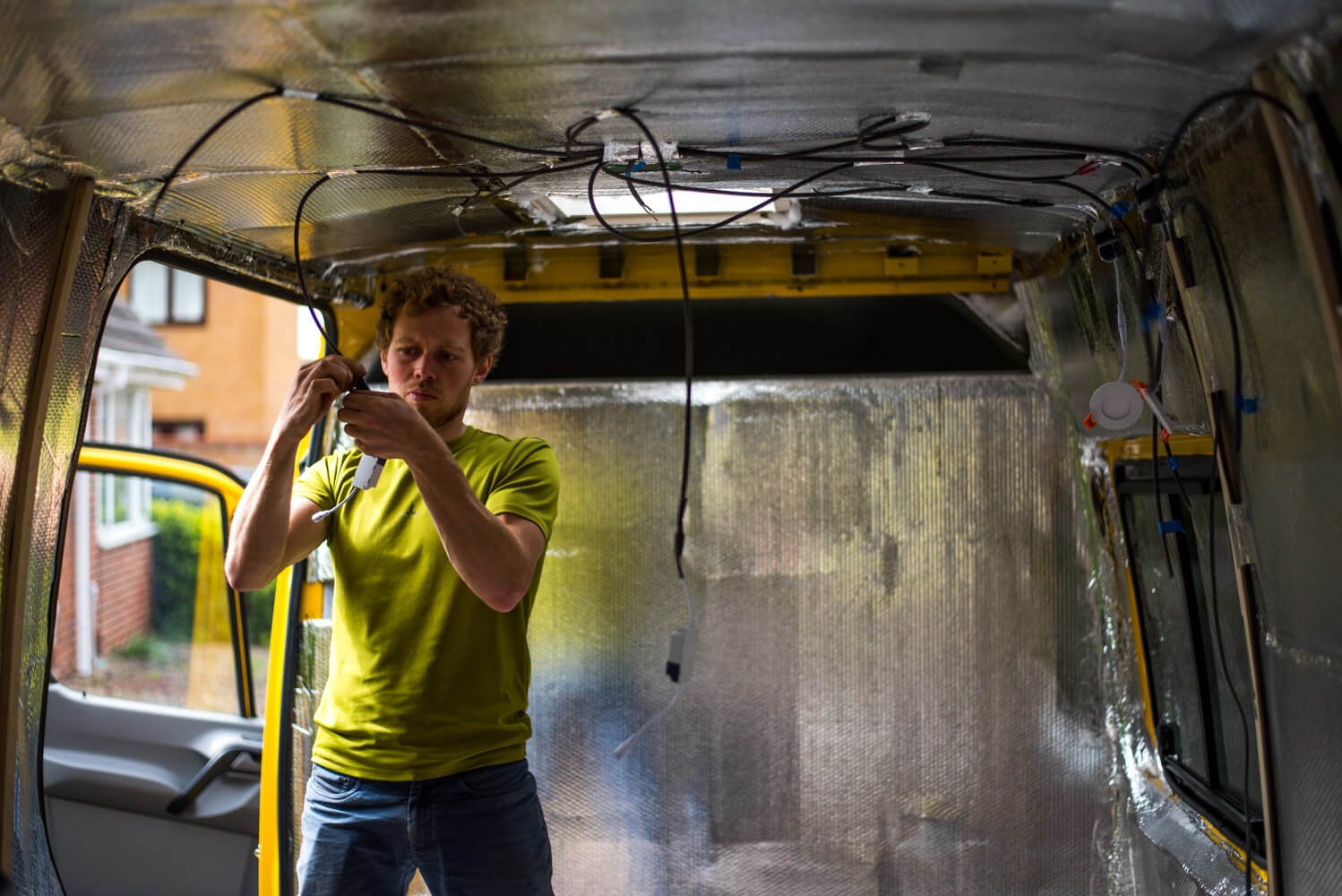
Below is a wiring diagram for how to wire a 2 way switch. As well as running a ‘power’ wire from your 12V fuse box or your inverter (depending on if you have 12V or 230V lights) to your switch, and wire from your switch to your lights, you will also need to purchase 3 core + earth cable to run between your light switches. This has a black, grey, brown and earth wire. You will need to connect the negative of the power wire and the negative of the light wire together outside of the light switch.
If you’re still not sure which components to buy for your electrical system, let Nohma do the hard work for you. We employ scientists and engineers, who, alongside our clever algorithm, have designed thousands of bespoke campervan electrical systems. Let us design and ship yours, for no extra cost over the parts themselves.
Campervan electrics leaving you confused?
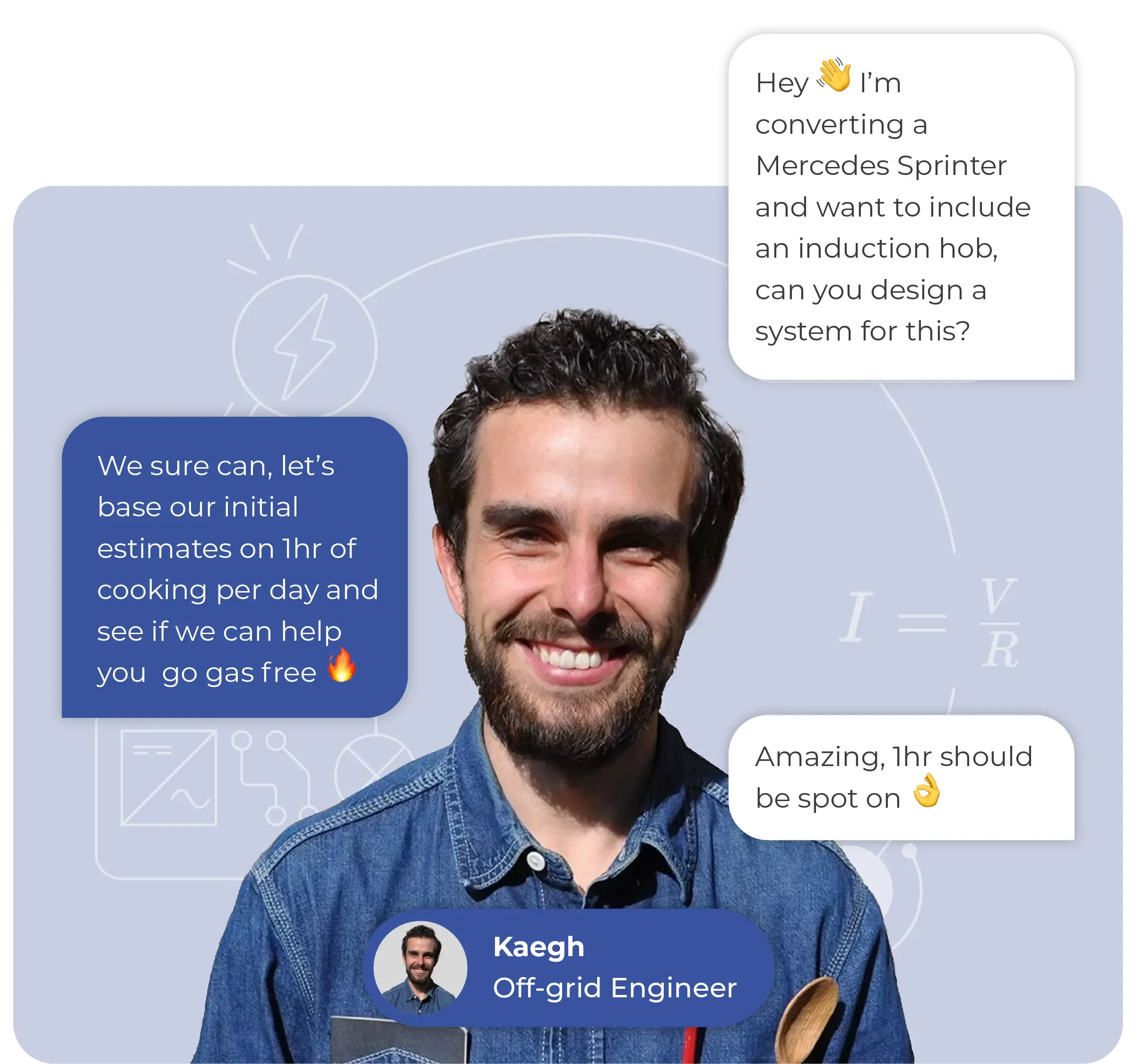
Campervan lighting FAQs
-
When deciding between 12V and 230V lights, consider the following. 12V lights are more efficient for campervans as they reduce energy loss and are more compatible with off-grid power systems. In comparison, 230V lights will require an inverter.
-
To install dimmable lights, you need to ensure both the lights and dimmer switches are compatible. Wiring involves connecting the lights to a 12V fuse box via a dimmer switch.
-
The best interior lights for campervans are strip lights, spotlights, reading lights and fairy lights. They each offer different levels of functionality, brightness and ambiance.


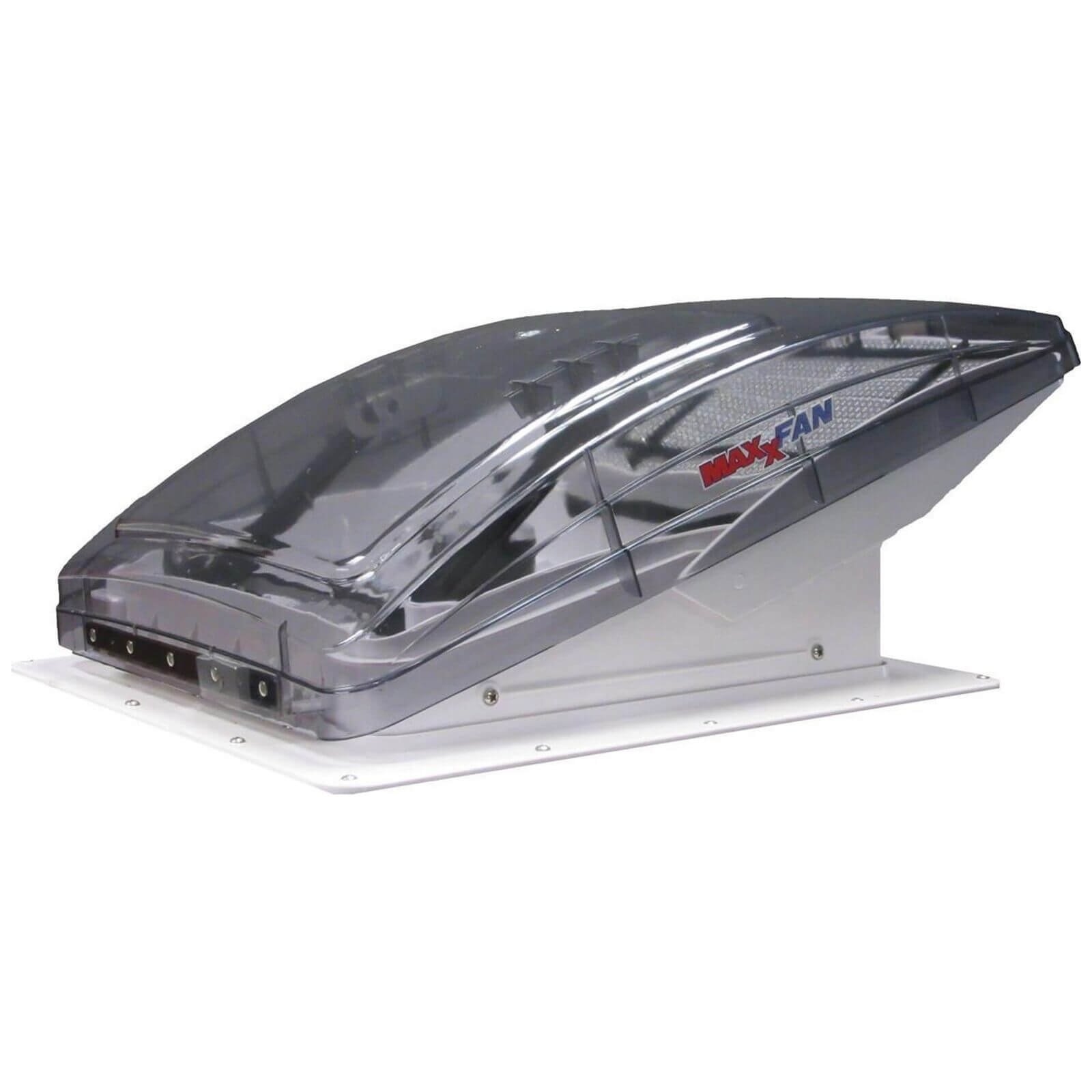
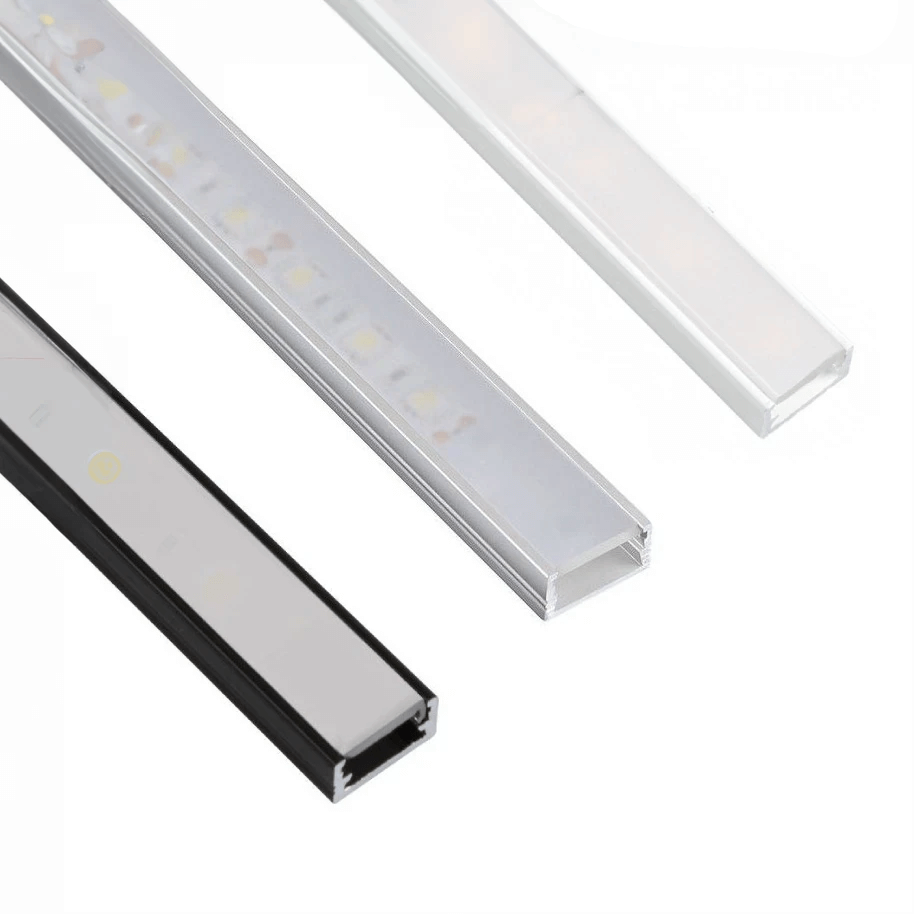
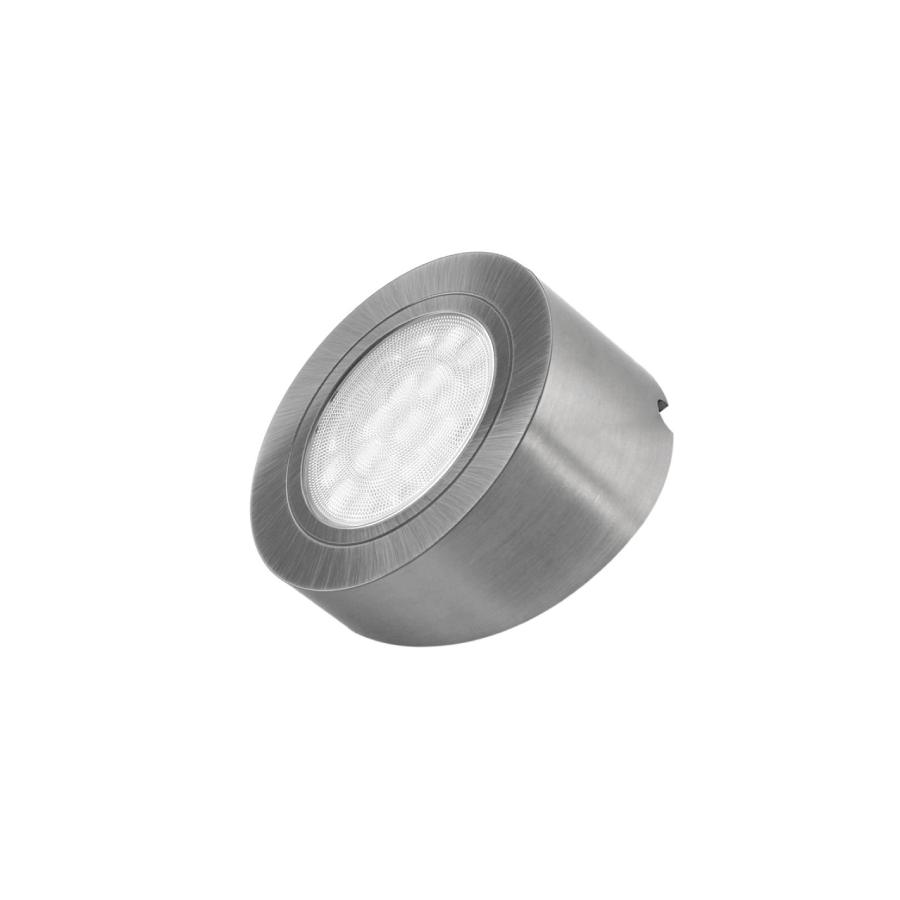
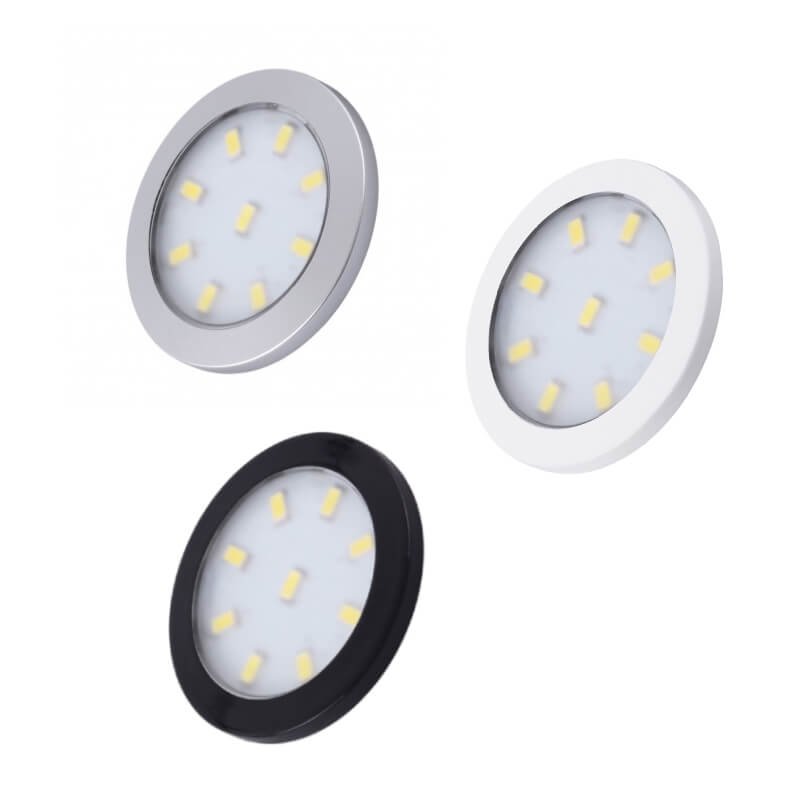
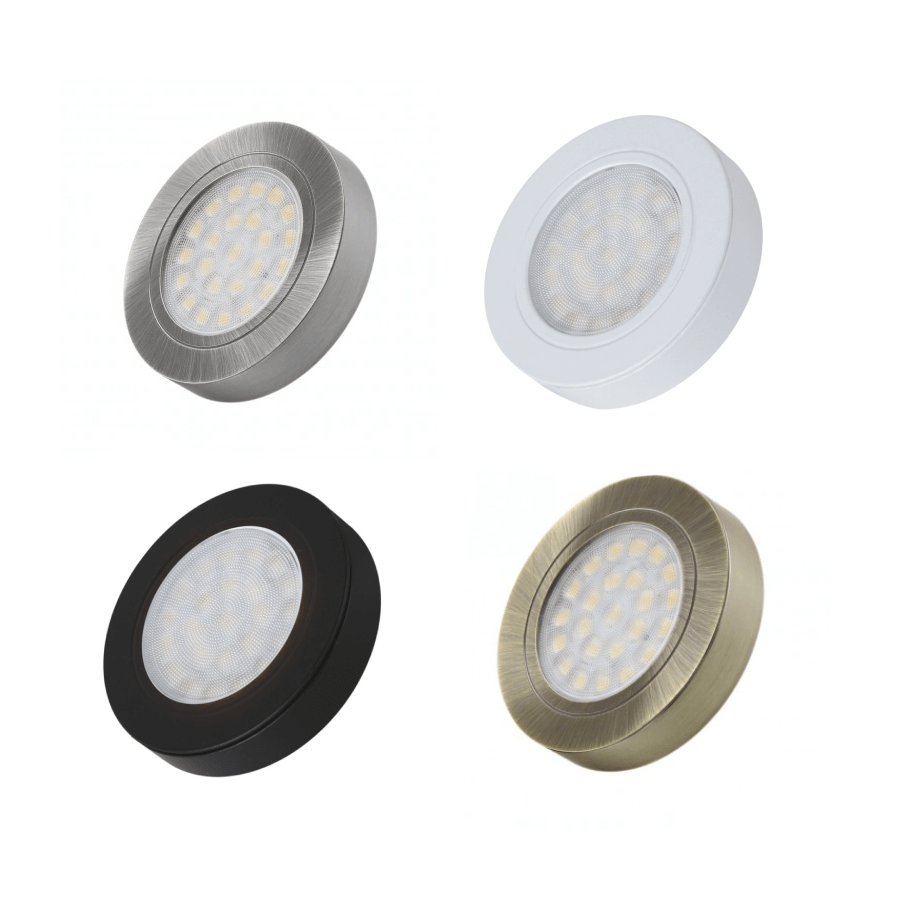
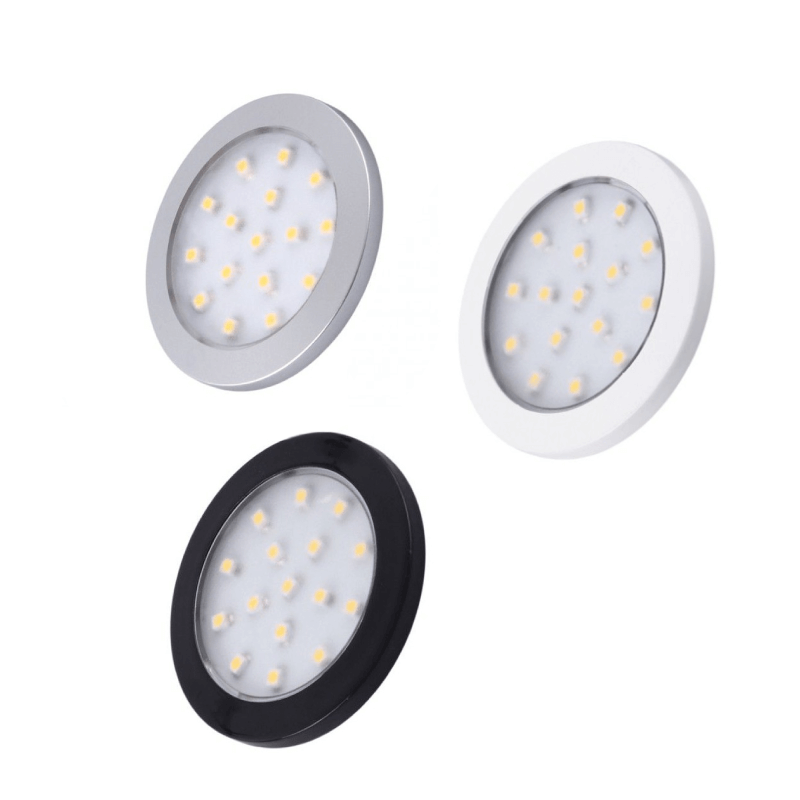
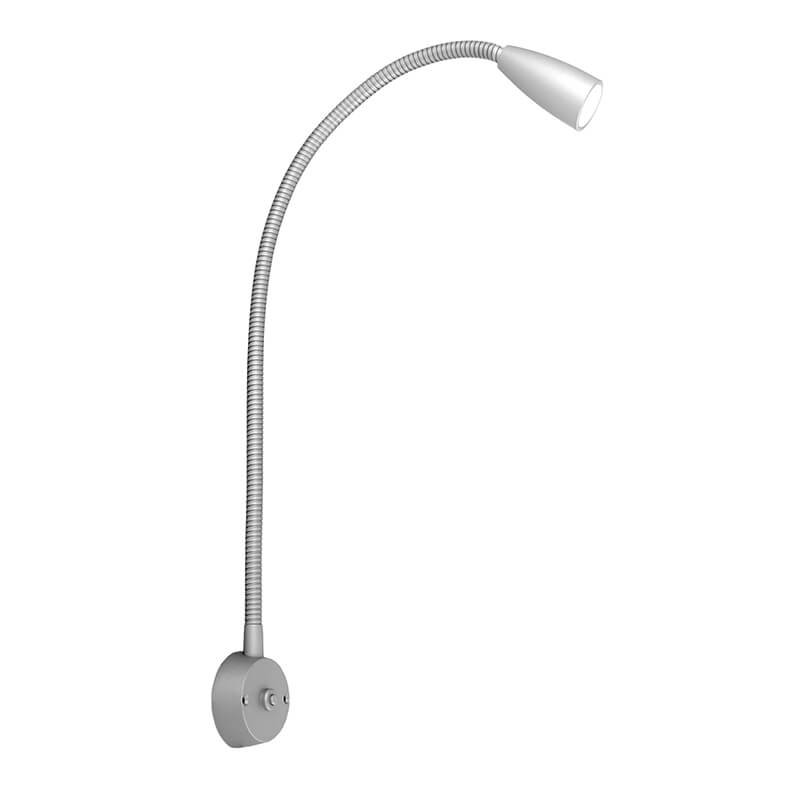
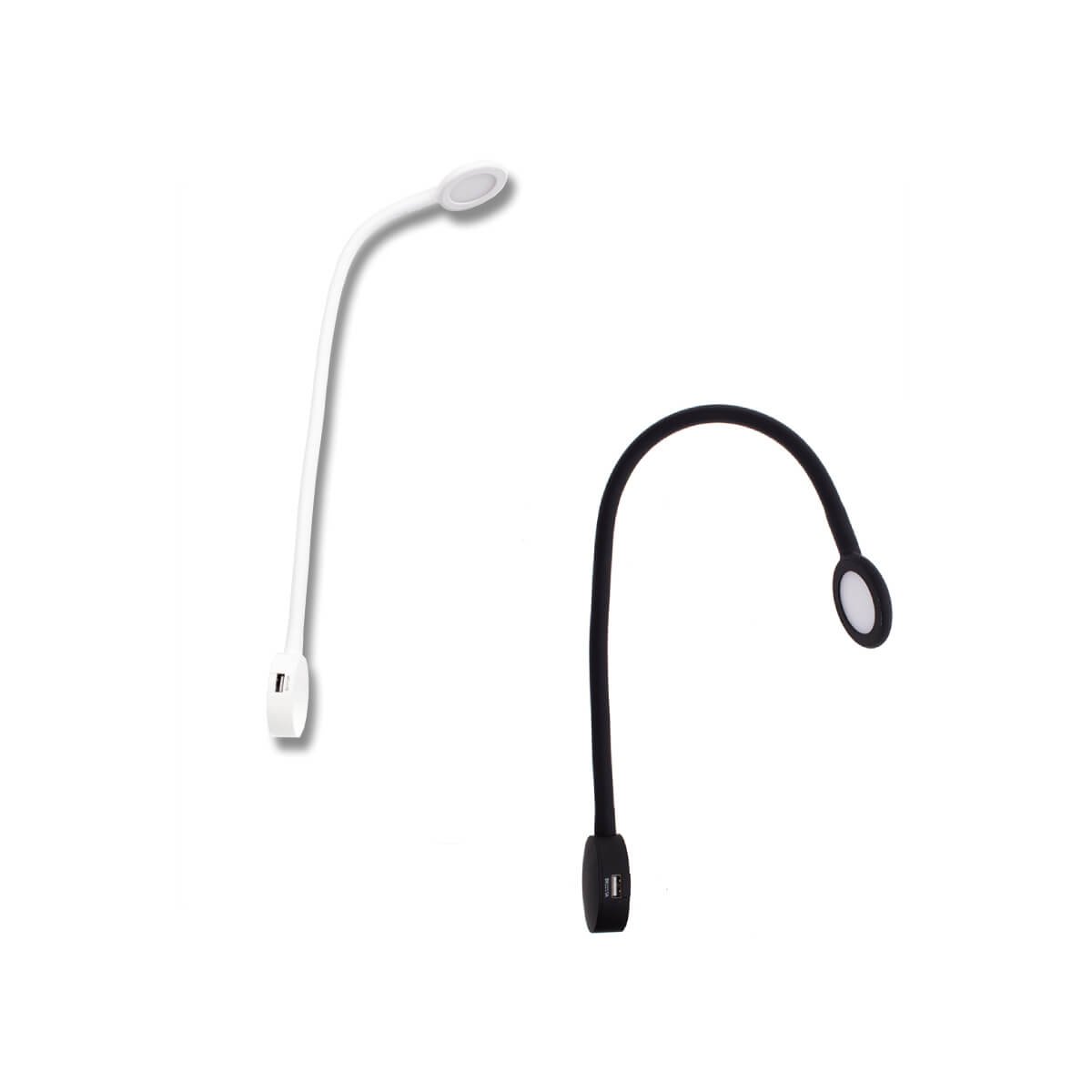
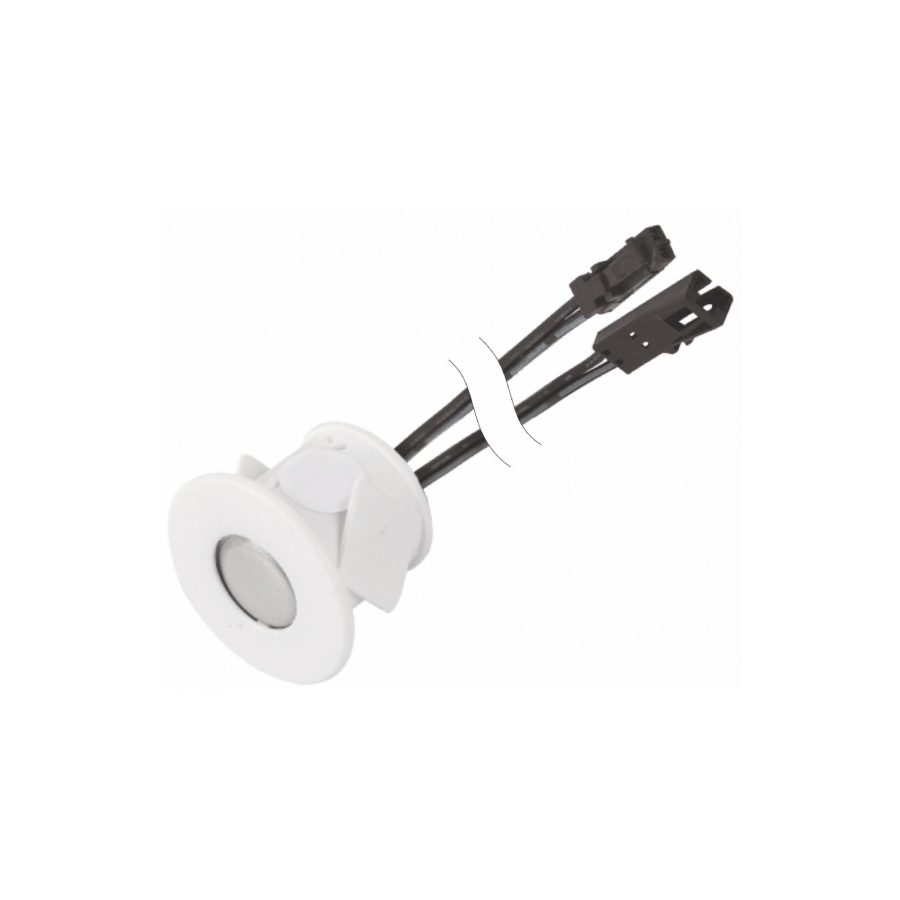
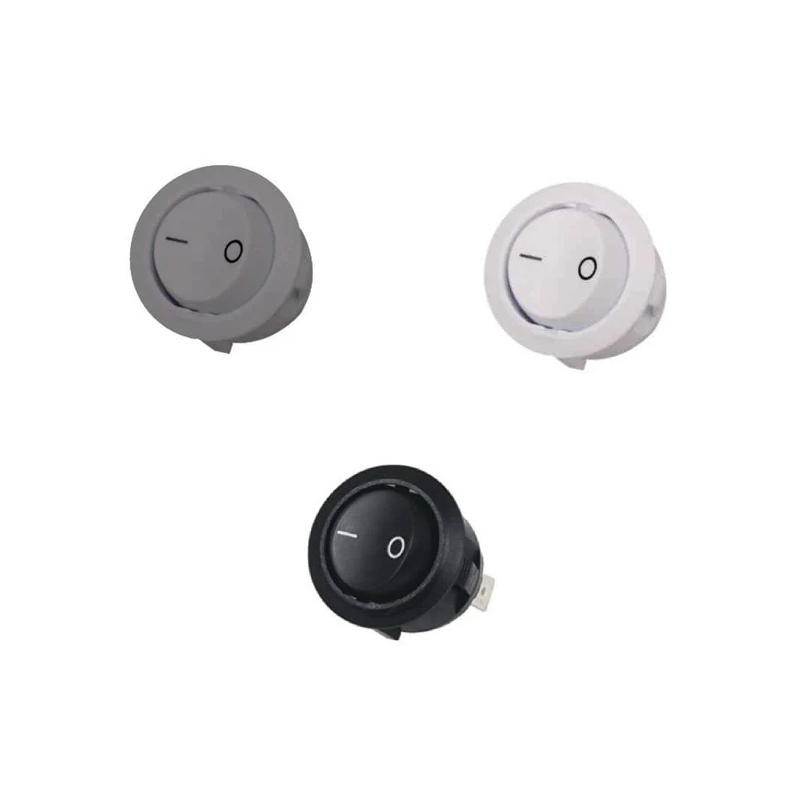
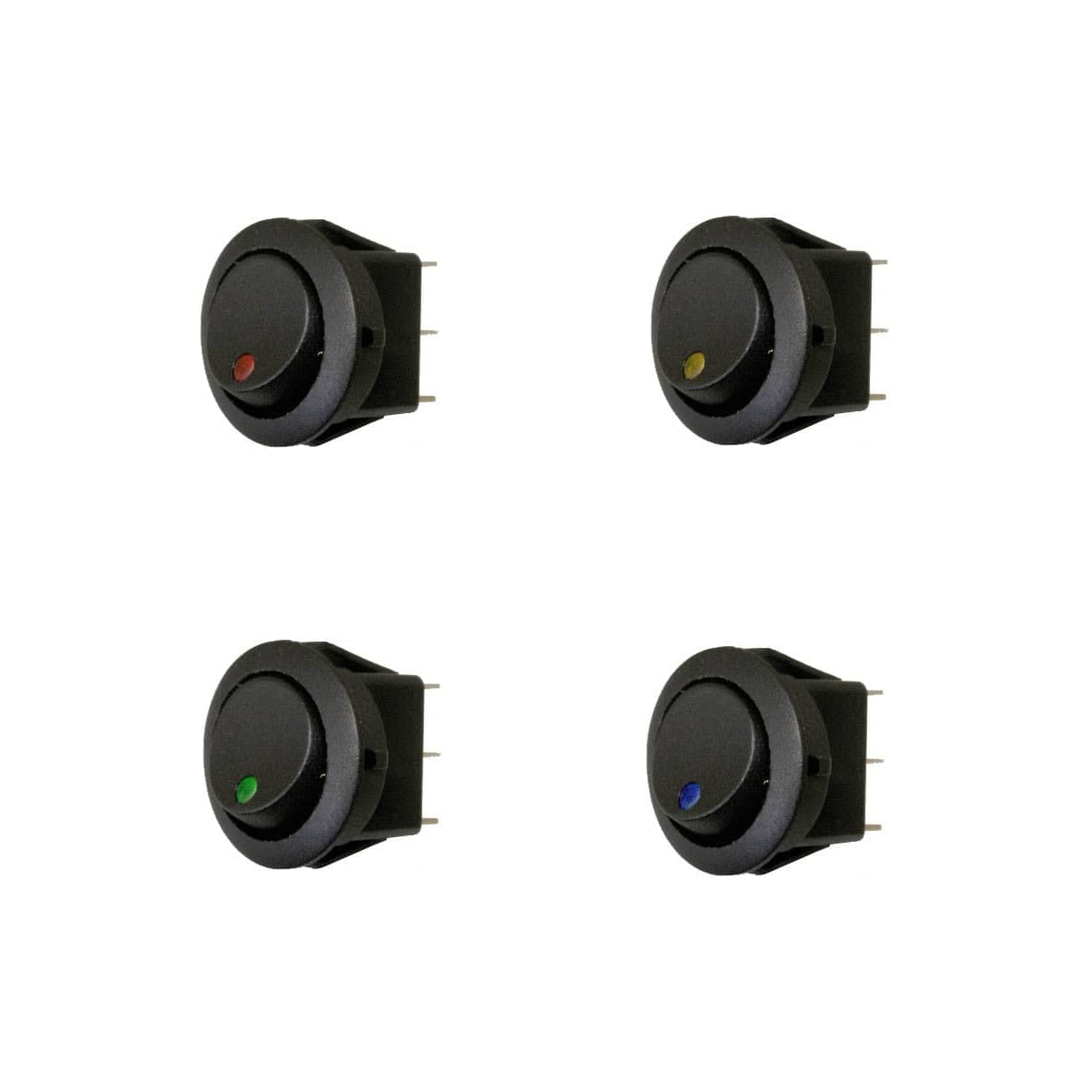

Be the first to comment!